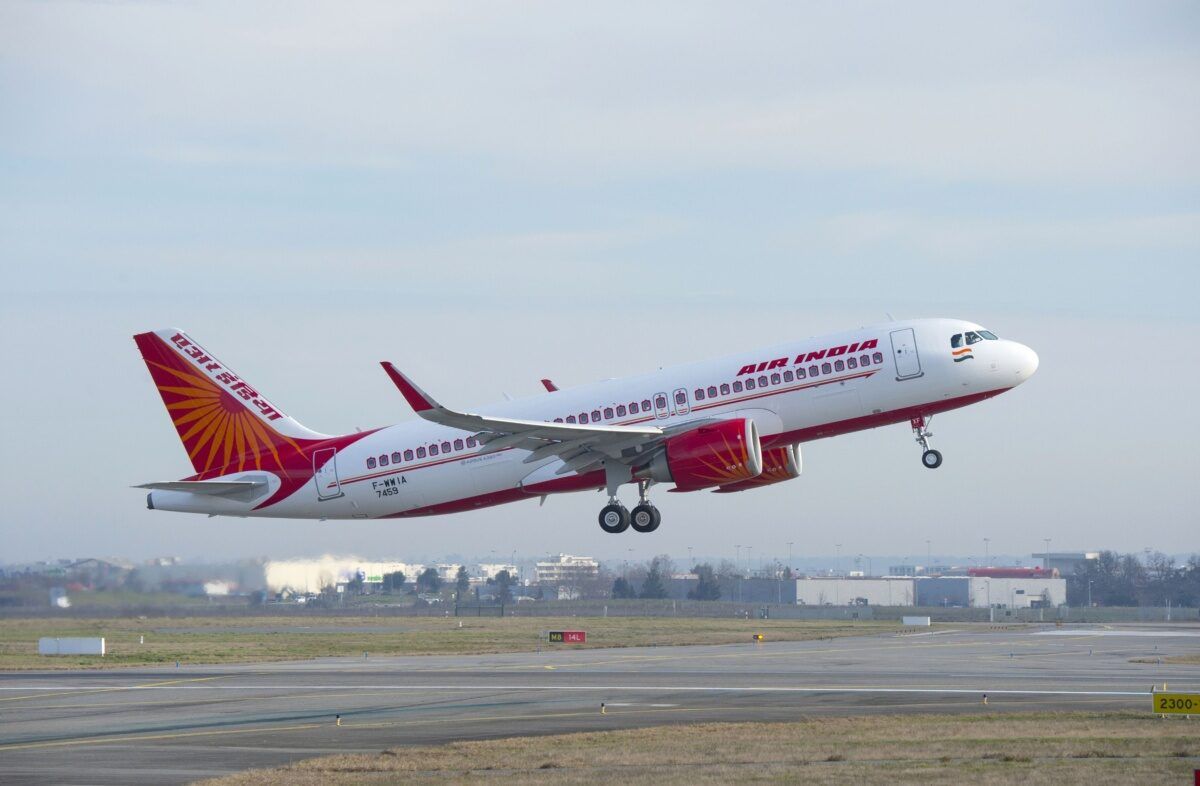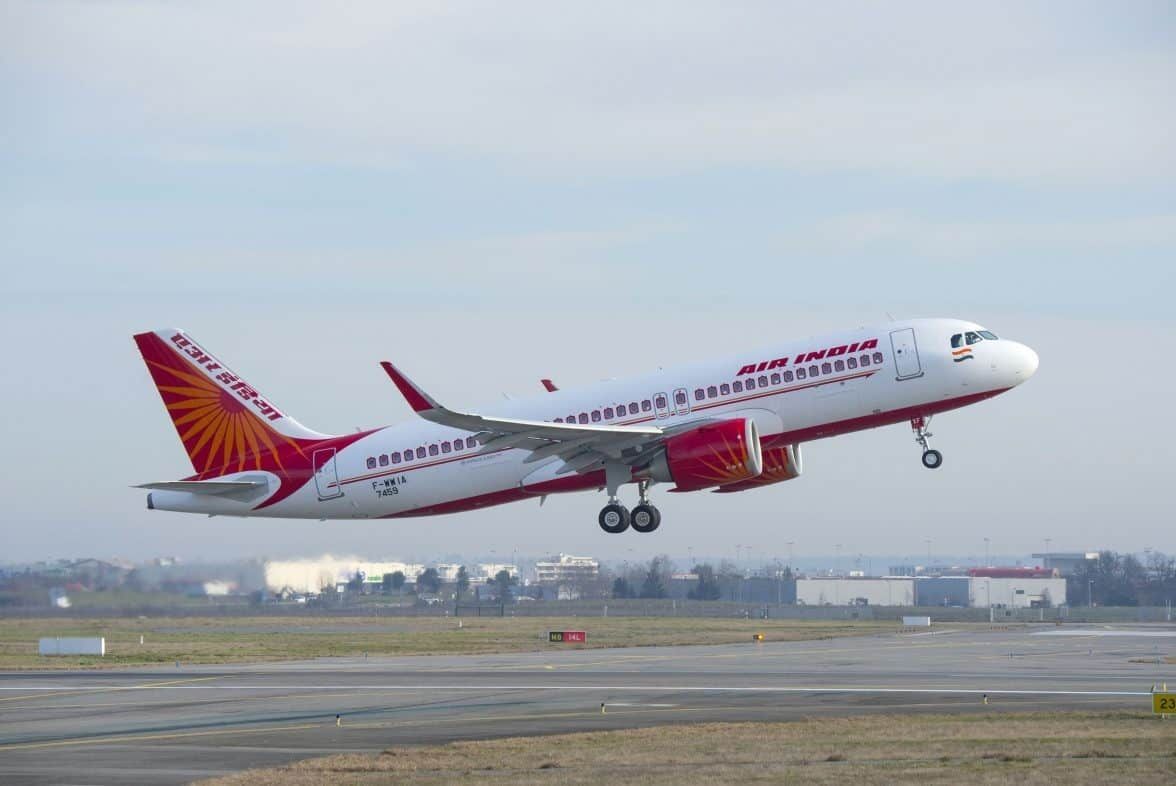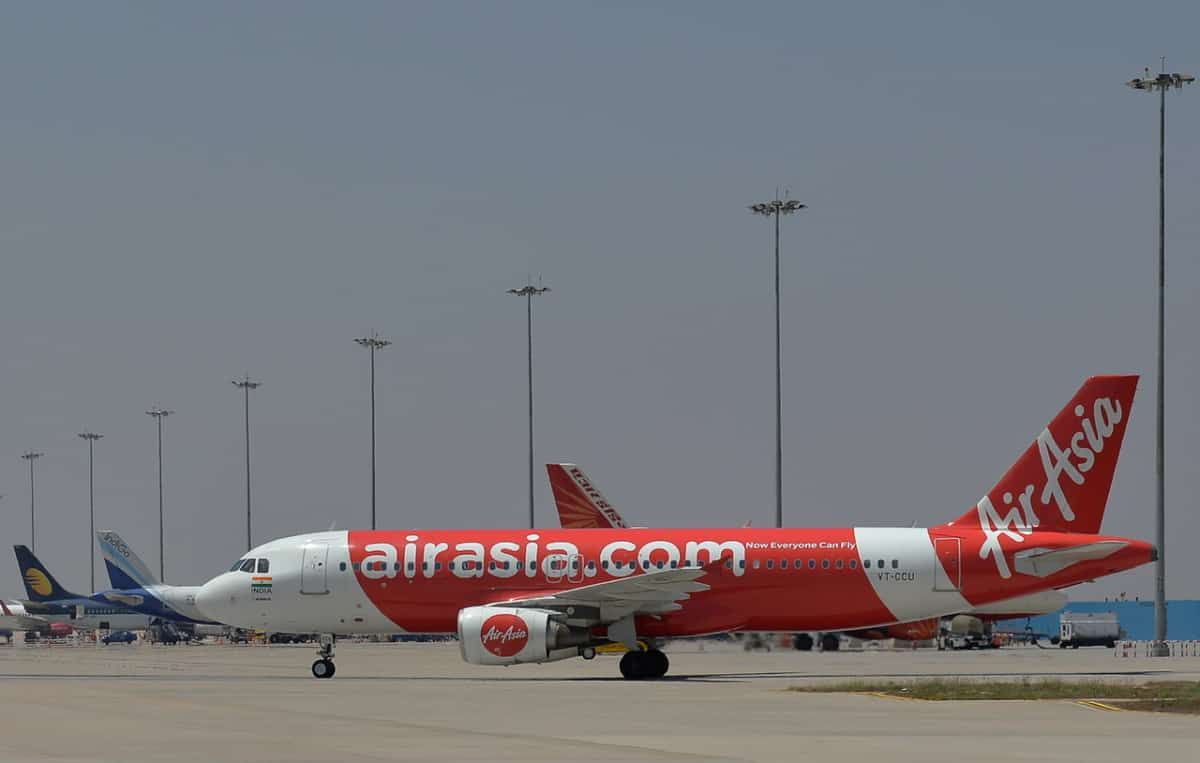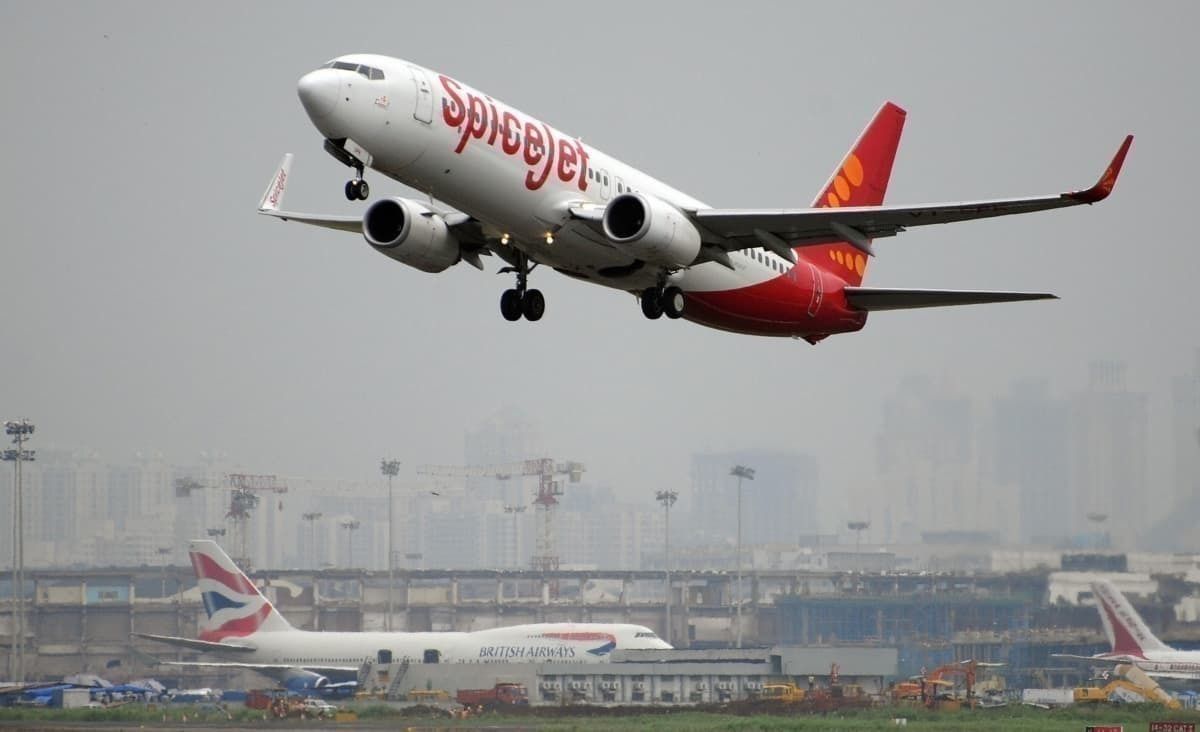According to the Airports Authority of India's (AAI) statement on the 5th of August, all passengers arriving at Goa airport must carry a COVID negative certificate. Any passenger without a genuine certificate will have to undergo institutional or home quarantine for 14 days. The decision to do so has come a day after the state recorded its highest number of cases in a single 24-hour period.
In India, domestic operations resumed on the 25th of May and have gradually increased thereafter. International flights are currently limited to repatriation purposes only.
Stay informed: Sign up for our daily aviation news digest.
Requirements
All passengers, whether domestic or international, should possess a COVID-19 negative certificate on arrival at Goa Airport. The test should be conducted at an ICMR-recognised laboratory or a genuine international testing center. The result should be available no more than 48 hours before arrival in Goa.
Passengers without a certificate have two options. They can choose to undergo a paid institutional or home quarantine for 14 days. Alternatively, they can opt for a swab test upon arrival at the cost of Rs 2,000 ($26). The passengers must remain quarantined at a center or home until the results are available.
If incoming passengers are tourists, they must have a pre-booking at hotels registered with the state Department of Tourism. Any passenger exhibiting sickness or possible symptoms will be subjected to a test at his/her own expense.
Traffic improving but not the same
The Indira Gandhi International Airport in New Delhi, the busiest in the country, operated only 9,335 domestic flights in June. In contrast, it operated 27,985 flights (almost three times) in the same month last year. Mumbai's CSIA operated a mere 2,594 domestic flights this June a drop of 87% as compared to the same time the previous year.
On average, every single airport in India has experienced a minimum of 80% drop in passenger numbers. Mumbai, Mangalore, and Goa have witnessed a fall of more than 90%. Specific reasons might have to do with Mumbai's high number of coronavirus cases and Goa's dull tourist season.
Although the number of flights operated on a specific route is increasing with time, passenger numbers are not showing a similar trend. For example, the Chennai airport saw a drop of 80% in-flight operations, while passenger numbers were down by 95%. This has caused a significant setback to airlines as flights are going empty.
Airlines fighting for survival
In an unprecedented situation like this, airlines are struggling to fill their aircraft. Spicejet, however, has retained its crown as the Indian carrier with the highest load factor of 68%. All other airlines have only managed to fill half of their aircraft on most of the flights. Although air traffic in India is expected to take a few years to revive, analysts are optimistic that festive season might give a much-needed boost.
Have you traveled to Goa recently? Let us know about your experience.




